Key Takeaways
-
Different types of chocolate (unsweetened, bittersweet, semi-sweet, dark, milk, and white) serve specific purposes in baking and cannot always be substituted for one another
-
Chocolate percentages indicate cocoa solids content, with higher percentages resulting in less sweet, more intense chocolate flavor
-
Quality ingredients matter - choose chocolate with simple ingredient lists and minimal additives
-
Proper storage and handling techniques significantly impact your baking results
-
Explore Zucchero Canada's premium chocolate collection for all your baking needs
Understanding Chocolate Basics
Baking is both an art and a science, and nowhere is this more evident than when working with chocolate. The difference between a decadent chocolate cake that melts in your mouth and a mediocre one often comes down to one crucial factor: the quality and type of chocolate used. But with so many options available, how do you know which chocolate for baking is best suited for your specific recipe?
What Makes Baking Chocolate Different
Baking chocolate differs from eating chocolate in several important ways. While eating chocolate is formulated for optimal taste and texture when consumed directly, chocolate for baking is designed to perform well under heat and to blend with other ingredients. Baking chocolate typically contains different proportions of cocoa solids, cocoa butter, sugar, and other ingredients to ensure it melts, mixes, and sets properly in various recipes.
The key difference is that baking chocolate is typically purer, with fewer additives and stabilizers than regular eating chocolate. This purity allows it to behave more predictably when exposed to heat and when combined with other ingredients.
Chocolate Percentages and What They Mean
When shopping for chocolate for baking, you'll notice percentages on many packages. These numbers indicate the total percentage of cocoa solids (both cocoa butter and cocoa mass) in the chocolate. The higher the percentage, the more intense the chocolate flavor and the less sweet the chocolate will be.
-
100% - Unsweetened chocolate (pure cocoa solids with no added sugar)
-
70-99% - Very dark chocolate (intense flavor, minimal sweetness)
-
60-70% - Bittersweet chocolate (balanced flavor, moderate sweetness)
-
50-60% - Semi-sweet chocolate (sweeter, milder chocolate flavor)
-
30-40% - Milk chocolate (sweet with pronounced dairy notes)
-
White chocolate - Contains cocoa butter but no cocoa solids (0% cocoa solids)
Understanding these percentages helps you select the right chocolate for your specific recipe. A flourless chocolate cake might call for a higher percentage dark chocolate to provide rich flavor, while chocolate chip cookies might work better with semi-sweet chocolate for the perfect balance of sweetness.
The Role of Cocoa Butter in Baking
Cocoa butter, the natural fat present in chocolate, plays a crucial role in how chocolate for baking performs. With a melting point just below body temperature (around 93-95°F or 34-35°C), cocoa butter creates that satisfying "melt-in-your-mouth" sensation we love about chocolate.
In baking applications, cocoa butter influences:
-
Texture - Higher cocoa butter content typically creates smoother, silkier results
-
Snap - Properly tempered chocolate with adequate cocoa butter has a satisfying "snap" when broken
-
Melting properties - Chocolate with more cocoa butter melts more readily and evenly
-
Setting characteristics - The crystalline structure of cocoa butter affects how chocolate sets and hardens
Premium chocolate for baking often contains more cocoa butter, which contributes to superior results in sophisticated recipes like ganaches, mousses, and molded chocolates.
Types of Chocolate for Baking
Unsweetened Chocolate (Baking Chocolate)
Unsweetened chocolate, often labeled as "baking chocolate," contains 100% cocoa solids with no added sugar. This type of chocolate for baking is intensely bitter and not meant to be eaten on its own. Its primary purpose is to provide deep chocolate flavor in recipes where sweetness is controlled through the addition of sugar and other ingredients.
Best used for:
-
Brownies where you want to control the sweetness
-
Rich chocolate cakes
-
Chocolate sauces where other sweeteners will be added
-
Recipes that specifically call for unsweetened chocolate
When working with unsweetened chocolate, remember that it's completely different from other varieties and cannot be substituted without adjusting the recipe's sugar content.
Bittersweet and Semi-Sweet Chocolate
Though sometimes used interchangeably, bittersweet and semi-sweet chocolates have subtle differences. Bittersweet typically contains around 60-70% cocoa solids, while semi-sweet usually contains 50-60%. Both contain added sugar, but bittersweet has less, resulting in a more intense chocolate flavor.
These versatile types of chocolate for baking work well in:
-
Chocolate chip cookies (semi-sweet is traditional)
-
Brownies and bar cookies
-
Ganaches and frostings
-
Chocolate mousse
-
Most recipes that call for "dark chocolate"
Many bakers consider semi-sweet and bittersweet chocolate to be the workhorses of chocolate baking, as they provide excellent flavor without overwhelming sweetness.
Dark Chocolate
Dark chocolate for baking typically contains between 70% and 85% cocoa solids, though some specialty varieties go even higher. With minimal sugar and typically no milk solids, dark chocolate delivers intense chocolate flavor with pleasant bitterness.
Dark chocolate excels in:
-
Sophisticated desserts where chocolate is the star
-
Recipes where you want pronounced chocolate flavor with minimal sweetness
-
Coating and dipping (when tempered properly)
-
Desserts for those who prefer less sweet treats
When a recipe calls for dark chocolate for baking, pay attention to the percentage specified, as the difference between 70% and 85% chocolate can significantly impact your results.
Milk Chocolate
With approximately 10-30% cocoa solids, milk powder, and more sugar than darker varieties, milk chocolate offers a sweeter, more mellow flavor profile. While less commonly called for in baking recipes than darker chocolates, milk chocolate can be wonderful in specific applications.
Milk chocolate works best in:
-
Cookies where a sweeter, more mellow chocolate flavor is desired
-
Lighter mousses and puddings
-
Kid-friendly desserts
-
Drizzling and decorating
When using milk chocolate for baking, be aware that its higher sugar content and addition of milk solids affect how it behaves when heated. It has a lower melting point and burns more easily than darker chocolates.
White Chocolate
Technically not chocolate in the strictest sense (as it contains no cocoa solids), white chocolate consists of cocoa butter, sugar, milk solids, and vanilla. Quality white chocolate for baking should contain real cocoa butter—avoid products labeled "white baking chips" or "white coating," which often substitute vegetable fats for cocoa butter.
White chocolate shines in:
-
Contrasting with dark chocolate in marbled desserts
-
Creamy frostings and fillings
-
White chocolate macadamia cookies
-
Decorative elements
White chocolate requires gentle handling when melted, as it burns easily due to its high sugar and milk content. Always use low heat and stir frequently when melting.
Cocoa Powder (Natural vs. Dutch-Processed)
While not chocolate in solid form, cocoa powder is an essential type of chocolate for baking. It comes in two main varieties:
Natural Cocoa Powder: Acidic (pH 5.0-6.0), lighter in color, and more intense in flavor. Works well with baking soda, which needs acid to activate.
Dutch-Processed Cocoa Powder: Treated with alkali to neutralize acidity (pH 6.8-8.1), resulting in a darker color, smoother flavor, and better dissolution in liquids. Best paired with baking powder or in recipes with no leavening agent.
Cocoa powder is ideal for:
-
Cakes and cupcakes
-
Dry rubs and coatings
-
Chocolate drinks
-
Adding chocolate flavor without additional fat or sugar
The rule of thumb: use what the recipe specifies. If it doesn't specify, natural cocoa powder generally works with baking soda, while Dutch-processed works with baking powder.
Chocolate Chips vs. Chocolate Bars
Chocolate chips and chocolate bars for baking serve different purposes in the kitchen:
Chocolate Chips: Formulated to hold their shape during baking, chips contain less cocoa butter and often include stabilizers. This makes them excellent for maintaining distinct chocolate pieces in cookies and muffins but less suitable for melting applications.
Chocolate Bars: Higher in cocoa butter content and designed to break and melt smoothly, making them ideal for ganaches, mousses, and any recipe requiring melted chocolate.
For the best results, use chocolate chips when you want distinctive chocolate pieces in the finished product, and bars when you need chocolate to melt completely and incorporate smoothly.
How to Choose the Right Chocolate
Chocolate for Cookies and Brownies
For classic chocolate chip cookies, semi-sweet chocolate chips (around 50-60% cocoa) provide the traditional flavor profile most people expect. However, experimenting with different percentages can yield interesting results—try bittersweet chips for a more sophisticated cookie or chopped dark chocolate bars for cookies with melty chocolate pockets.
For brownies, the choice of chocolate dramatically affects the final result:
-
Unsweetened chocolate produces intensely chocolaty brownies where you control the sweetness
-
Bittersweet creates rich, balanced brownies
-
Semi-sweet yields classic, sweeter brownies
-
A combination of chocolate and cocoa powder often produces the best texture and flavor complexity
Chocolate for Cakes and Cupcakes
Chocolate cakes often rely on a combination of cocoa powder and melted chocolate for the best flavor and texture. For deeply flavored chocolate cakes, consider these options:
-
Natural cocoa powder works well in recipes with baking soda for proper leavening
-
Dutch-processed cocoa creates darker cakes with smoother flavor
-
Adding melted dark or bittersweet chocolate intensifies the chocolate flavor
-
For lighter chocolate cakes, milk chocolate can provide subtle chocolate notes
When making chocolate frosting for cakes, bittersweet or semi-sweet chocolate typically provides the best balance, while ganache toppings benefit from the smooth melting properties of chocolate bars rather than chips.
Chocolate for Ganaches and Fillings
Ganache—that luxurious mixture of chocolate and cream—forms the foundation of many elegant desserts. The type of chocolate for baking you select significantly impacts the flavor and texture:
-
Dark chocolate (65-70%) creates a less sweet, intensely flavored ganache ideal for sophisticated desserts
-
Semi-sweet chocolate produces a more approachable, versatile ganache
-
Milk chocolate makes a very sweet, creamy ganache best used in smaller quantities
-
White chocolate ganache offers a sweet, vanilla-forward option that pairs beautifully with fruit
For the smoothest ganache, always use chocolate bars or discs rather than chips, which contain stabilizers that can prevent proper emulsification.
Chocolate for Mousses and Puddings
Chocolate mousses and puddings rely heavily on the melting properties and flavor of the chocolate used. For these delicate desserts:
-
Bittersweet chocolate (around 70%) creates sophisticated mousses with pronounced chocolate flavor
-
Semi-sweet chocolate (around 55-60%) offers a more balanced, crowd-pleasing option
-
Milk chocolate makes very sweet, mild mousses that appeal to children
-
White chocolate creates rich, vanilla-forward mousses that pair well with fruit
Quality matters tremendously in these applications where chocolate is the primary flavor. Choose the best chocolate for baking you can afford, with simple ingredient lists and proper cocoa butter content.
Chocolate for Decorations and Garnishes
Creating chocolate decorations requires chocolate with specific properties:
-
Couverture chocolate, with its high cocoa butter content (32-39%), produces the shiniest, most professional-looking decorations
-
Properly tempered dark chocolate holds intricate shapes best and has the most dramatic visual impact
-
White chocolate creates beautiful contrast when paired with dark elements
-
Colored cocoa butter can be used with white chocolate for vibrant decorative elements
For decorations that need to hold their shape at room temperature, always properly temper your chocolate or use specially formulated coating chocolate.
Frequently Asked Questions About Baking with Chocolate
Can I use regular eating chocolate for baking?
Yes, you can use regular eating chocolate in many baking recipes, especially higher-quality bars with simple ingredient lists. However, specialty chocolate for baking often performs better under heat and in combination with other ingredients. Avoid using chocolate with inclusions like nuts or fruit unless your recipe specifically calls for them.
Why did my chocolate seize when melting?
Chocolate seizes (becomes grainy and stiff) when it comes into contact with even tiny amounts of water or if it's overheated. To prevent seizing, ensure all utensils are completely dry, avoid using wooden spoons which may retain moisture, and melt chocolate slowly over gentle heat.
What's the difference between Dutch-processed and natural cocoa powder?
Natural cocoa powder is acidic and has a more intense flavor, while Dutch-processed cocoa powder has been alkalized to neutralize acidity, resulting in a smoother flavor and darker color. They're not always interchangeable in recipes, as their different pH levels can affect leavening agents.
How can I tell if my chocolate has gone bad?
Chocolate rarely spoils in a way that makes it unsafe to eat, but it can develop off flavors or textures. Signs of quality deterioration include fat bloom (whitish streaks), sugar bloom (gritty surface), an off smell, or unusual taste. Generally, darker chocolate lasts longer than milk or white chocolate.
Is expensive chocolate really worth it for baking?
For recipes where chocolate is the star ingredient (like truffles, ganache, or mousse), higher-quality chocolate makes a noticeable difference in flavor and texture. For recipes with many other strong flavors or where chocolate is a minor component, more affordable options may be perfectly adequate.
Conclusion
Choosing the right chocolate for baking can elevate your creations from good to extraordinary. Whether you're making a simple batch of chocolate chip cookies or an elaborate layer cake, understanding the properties and purposes of different chocolate types empowers you to make informed decisions that directly impact your results.
Remember that while recipes provide guidelines, baking is also about personal preference. Don't be afraid to experiment with different chocolate percentages and varieties to discover what appeals to your palate. The world of chocolate is vast and varied, offering endless possibilities for creativity in the kitchen.
For a premium selection of chocolate for all your baking needs, explore Zucchero Canada's chocolate collection. From high-quality cocoa powder to couverture chocolate perfect for tempering, their curated selection provides the perfect foundation for your culinary creations.

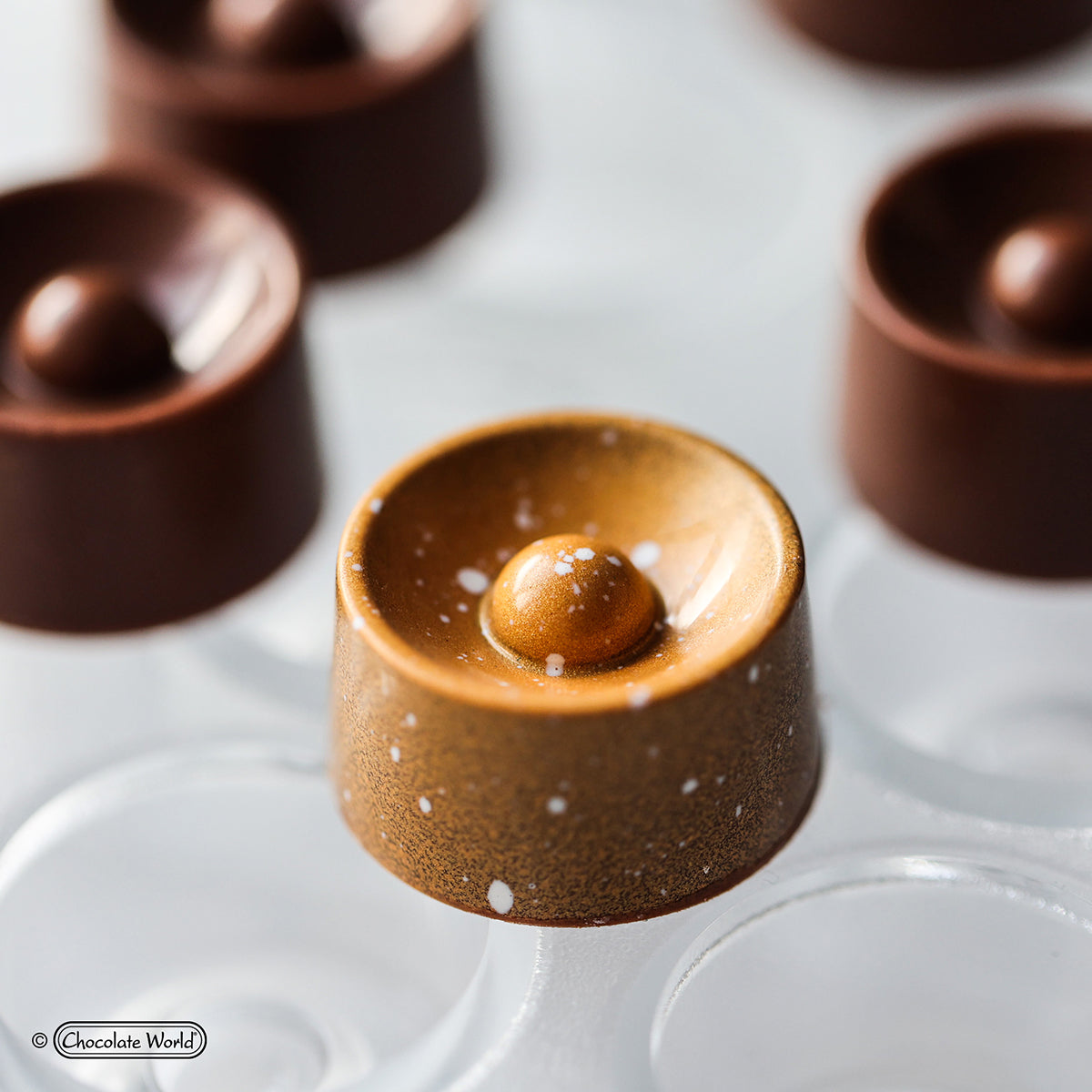
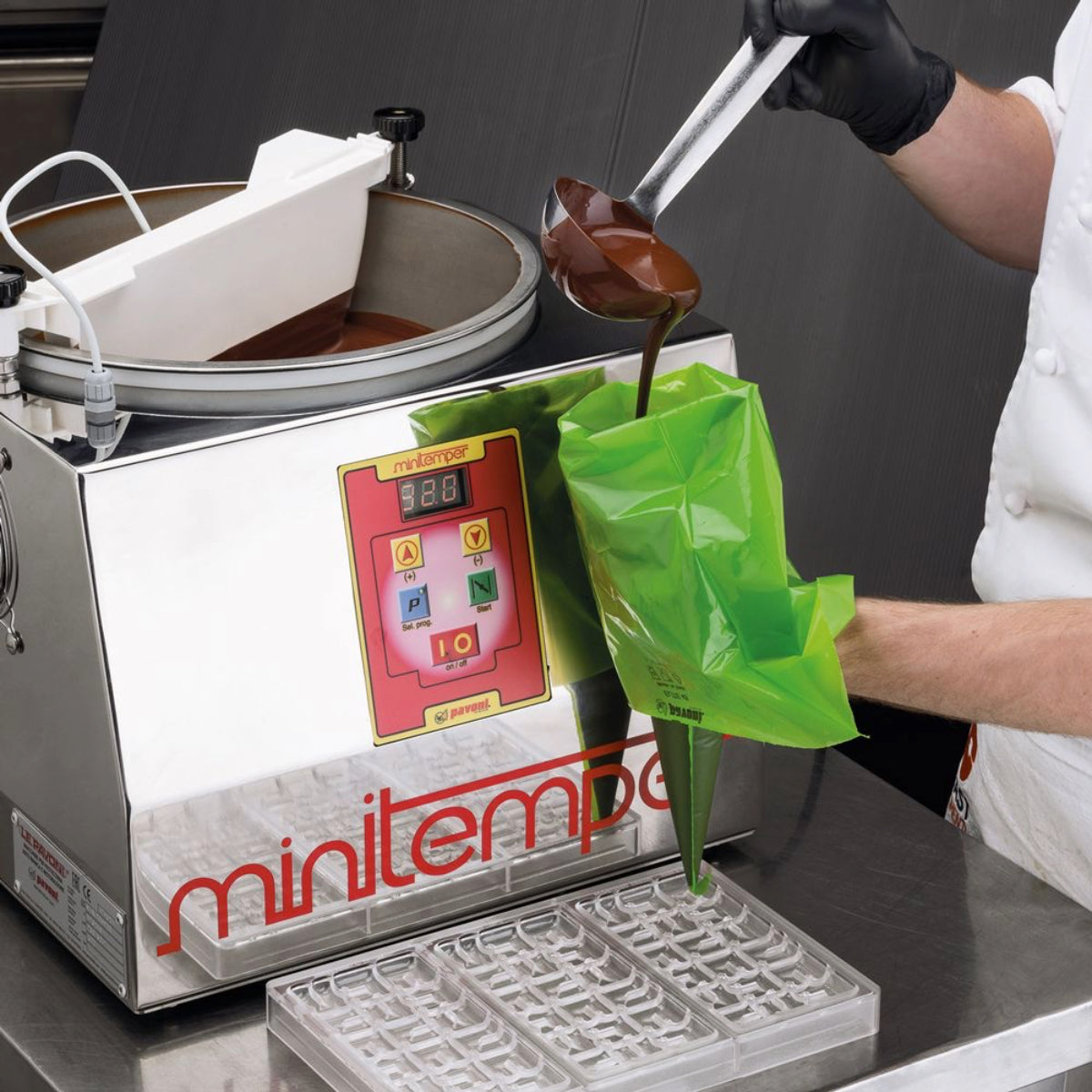
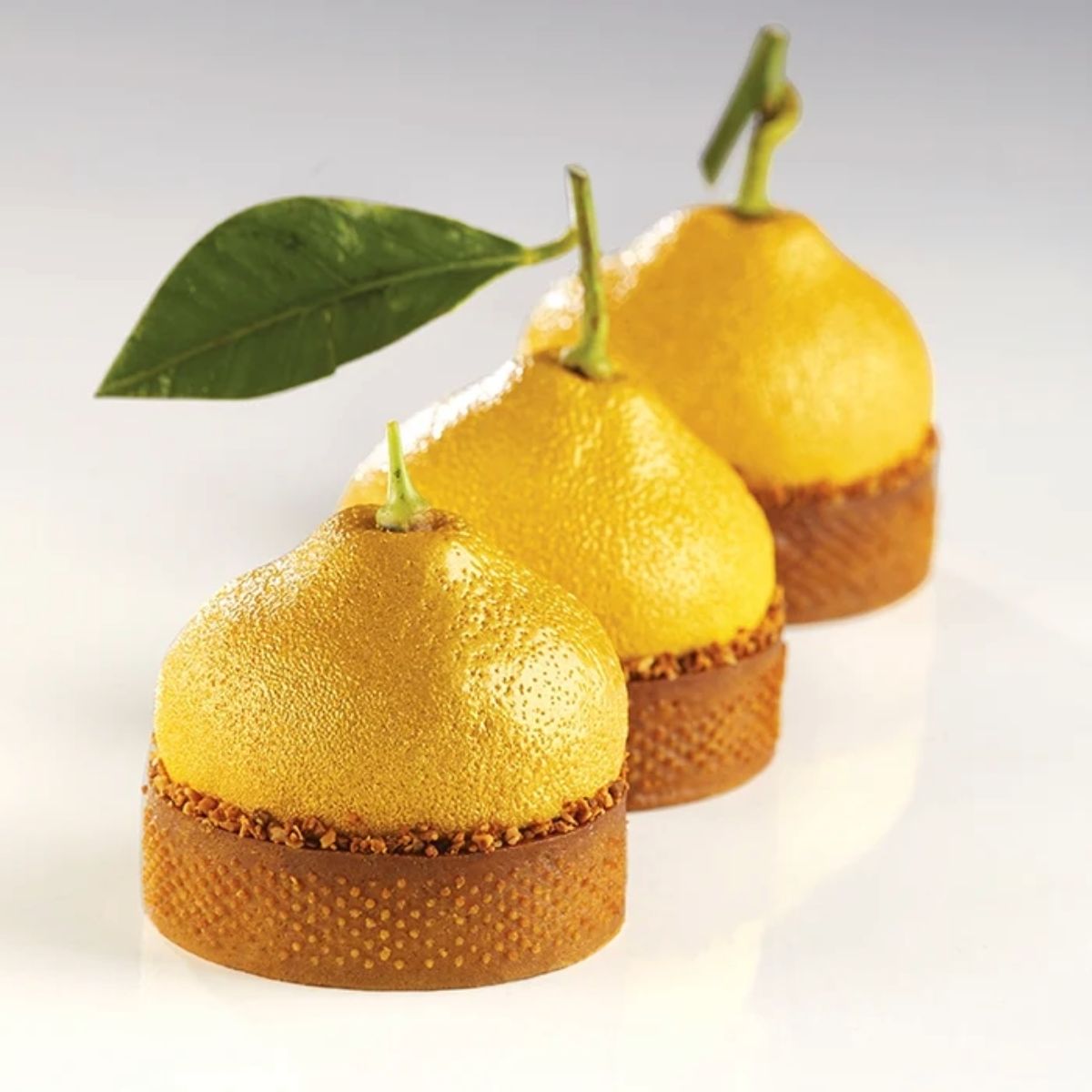
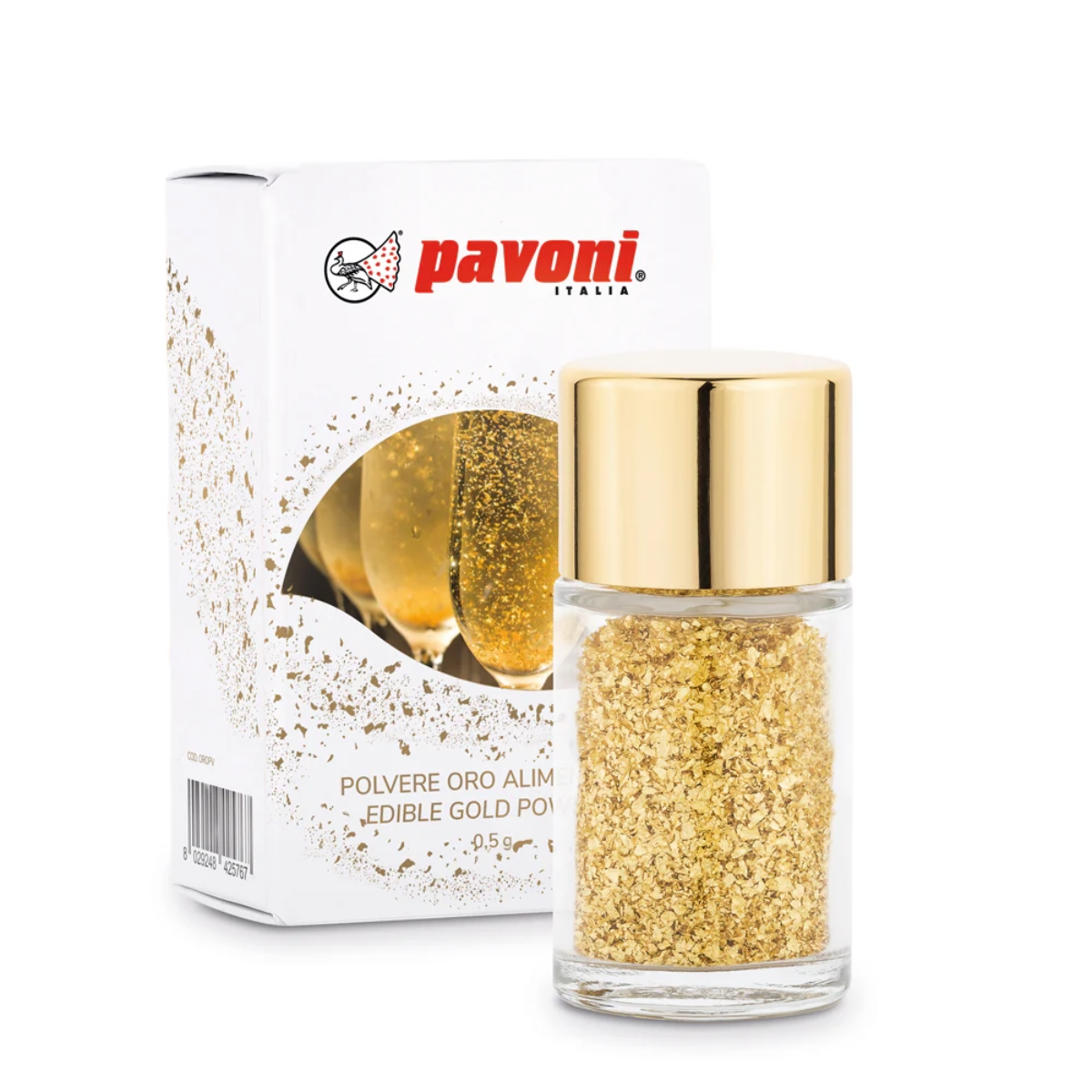
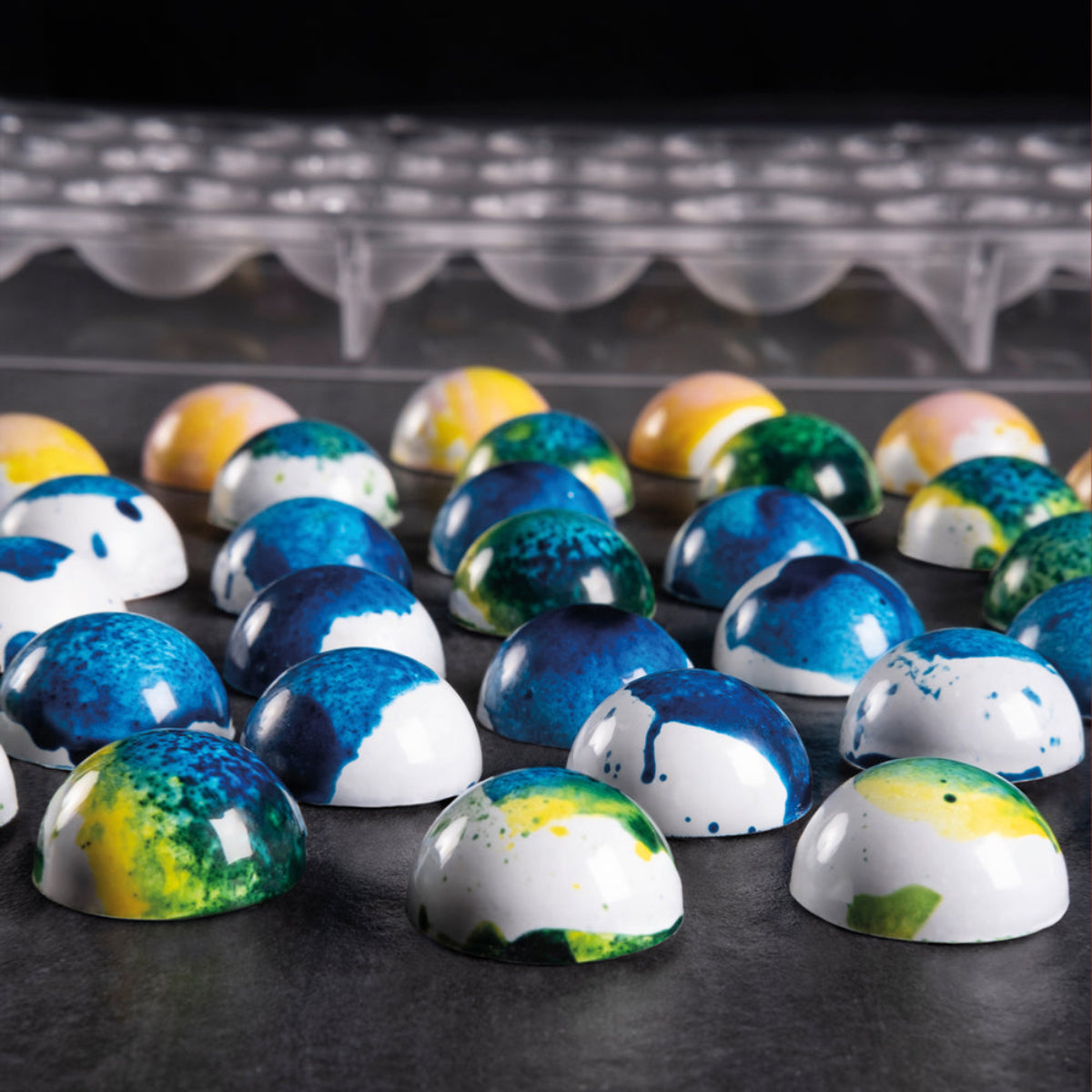



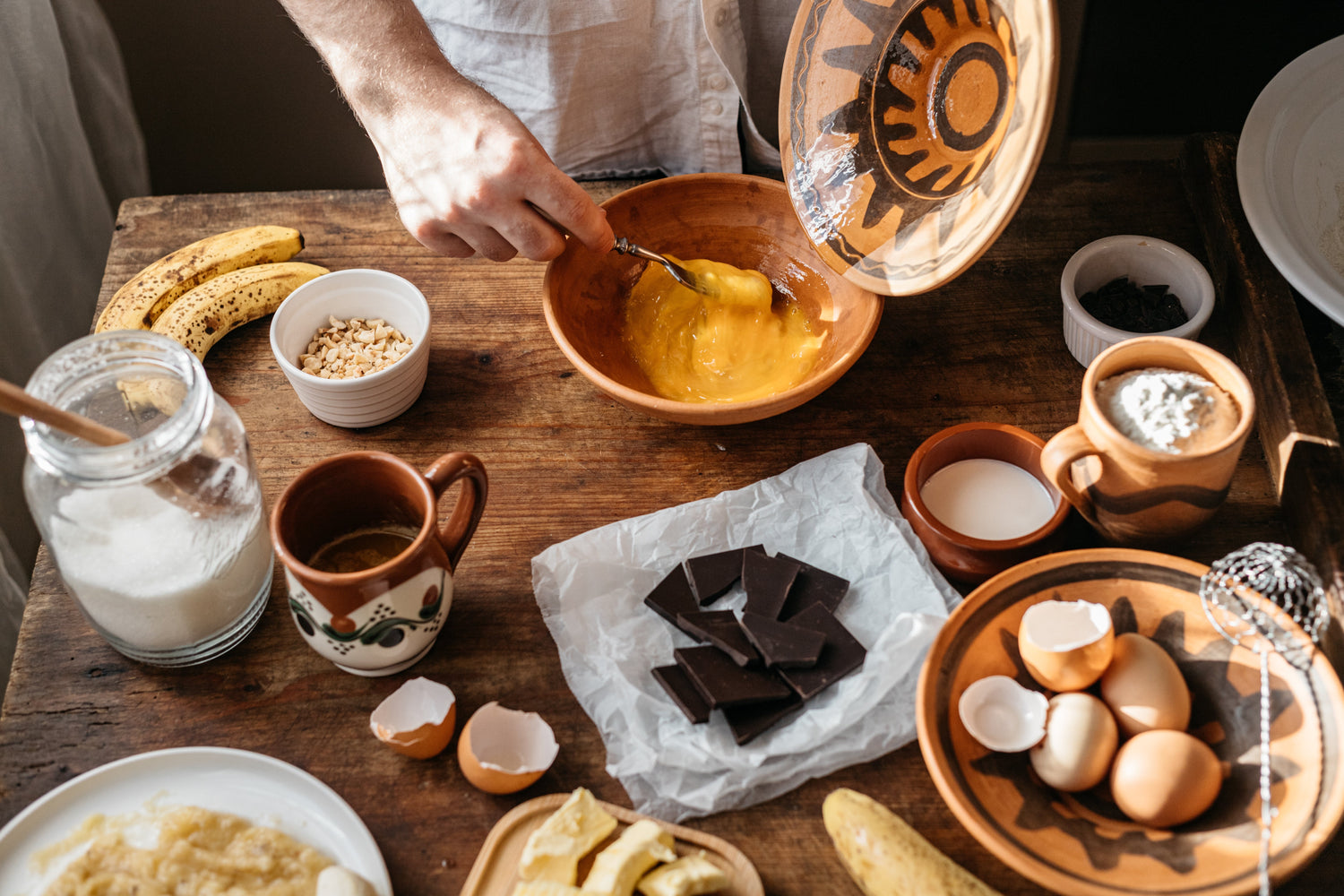

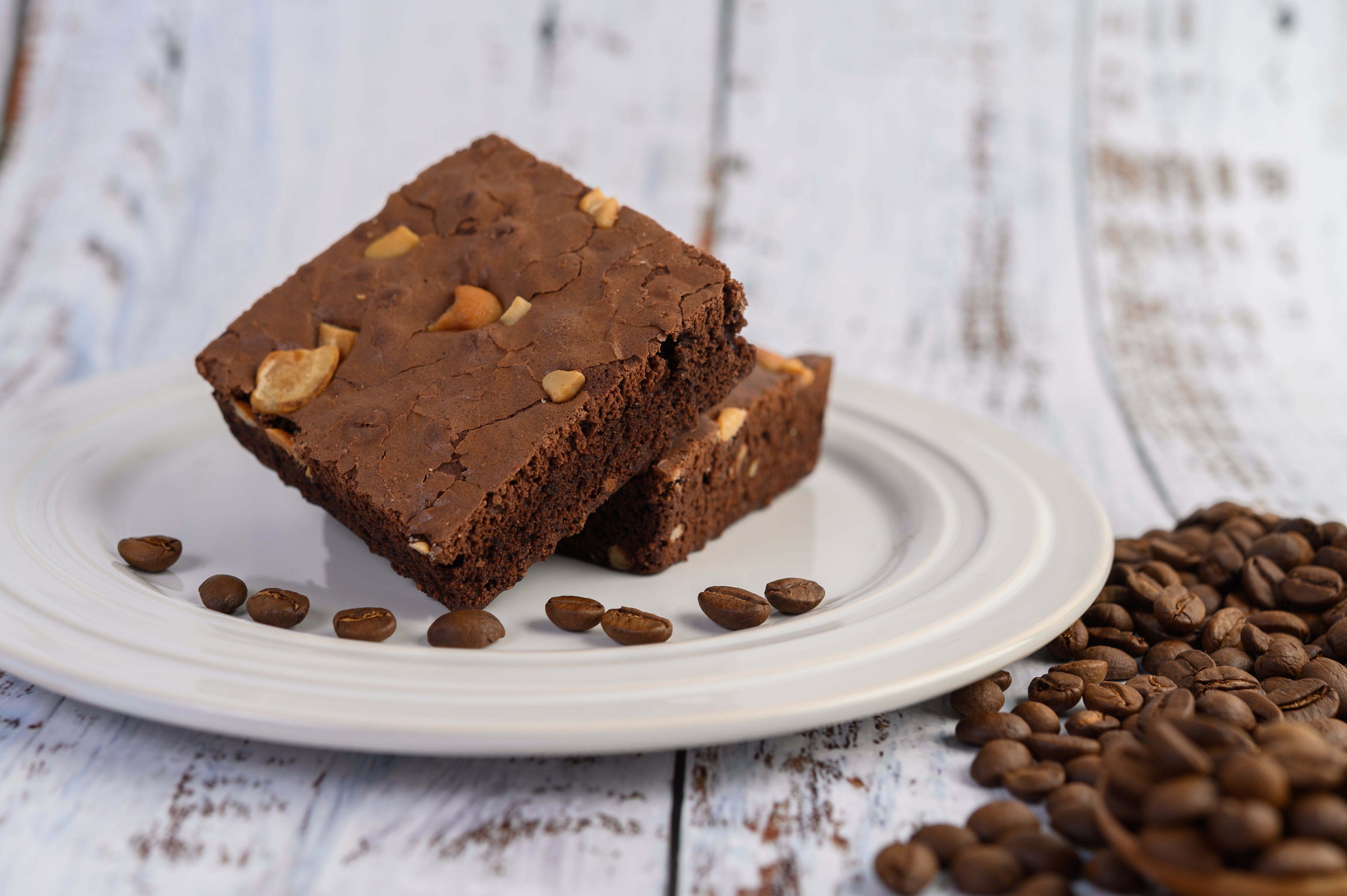


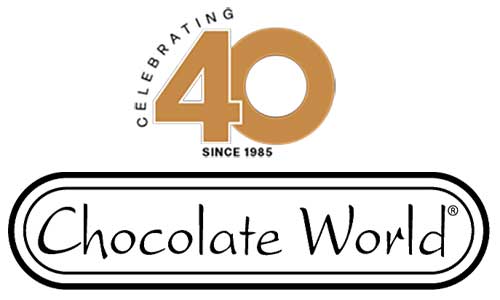

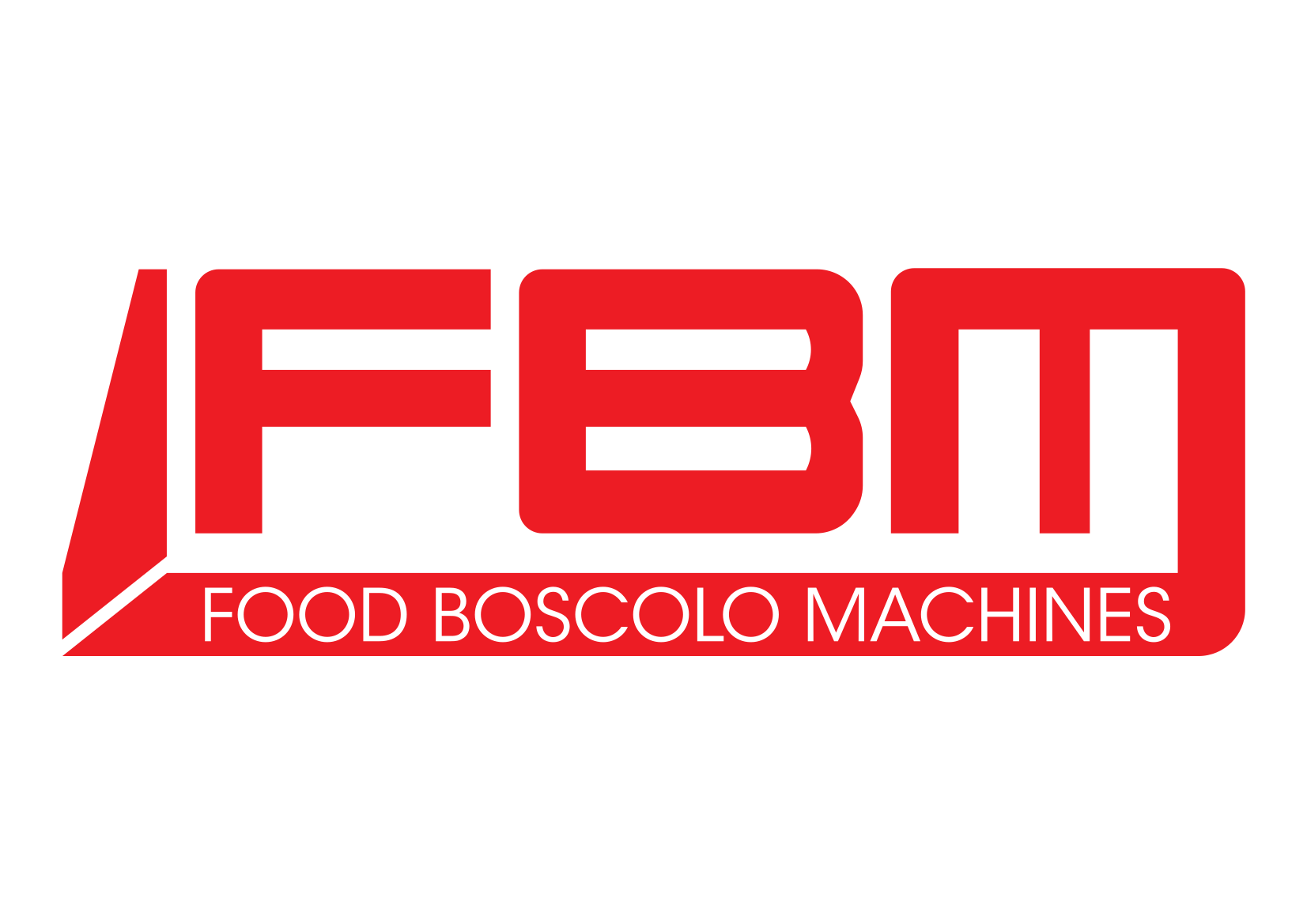



















Leave a comment
All comments are moderated before being published.
This site is protected by hCaptcha and the hCaptcha Privacy Policy and Terms of Service apply.